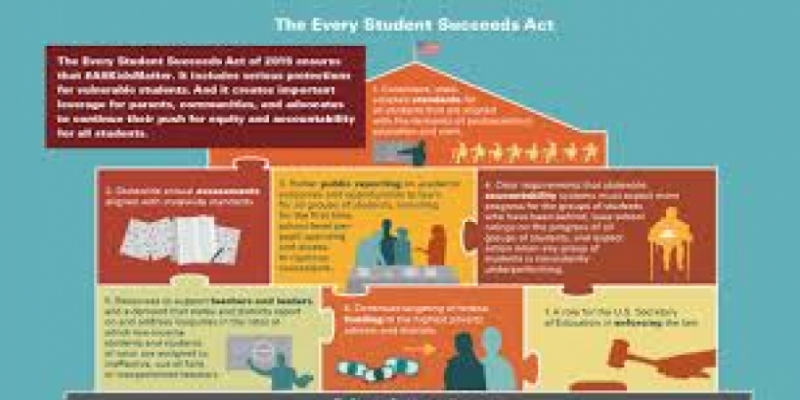Does your child want to be a pianist, a cellist or a violinist when he or she grows up? Under the Every Student Succeeds Act (ESSA), schoolchildren will have increased chances to have high quality music education, putting them in a better position to succeed in their musical dreams and academics.
Music Education Used to be Left Behind When the "No Child Left Behind" (which ESSA has replaced) was signed into law in 2002,local interpretation of the law caused music education to be, ironically, left behind. The requirements for standardized testing under NCLB focused on literacy, math and science, which led local districts to divert resources away from other "non-core" academic subjects such as music and the arts.
In fact, under NCLB, it was not uncommon for music and arts education to be the first on the chopping board when budget cuts plagued school districts. With ESSA, the opposite is expected to happen.
Well-Rounded Education Under ESSA New definition of well-rounded education includes Music for the first time in federal law, which means that the thrust of student engagement and achievement will no longer just be limited to grown-up subjects such as science, math, and language arts. Music education is now clearly provided for under ESSA, and the time spent teaching it now falls under "protected time," which means subjects in these areas will no longer be relegated to after school.
The reduced emphasis on standardized testing of core academic subjects, which remains in place but not as overriding as before, will also give musically inclined students more time to practice their craft instead of sacrificing it to prepare for their tests.
Music teachers will also have more leverage under ESSA for access to resources that they were deprived of under NCLB: this means staffing, professional development,equipment, prioritized scheduling of classes and a less uncertain foothold when the issue of budget cuts loom.
ESSA Benefits the Teacher and Student So what does this mean for students who would rather experiment with a drum than with chemicals?With resources properly channeled to music education, schools will have greater access to highly qualified music teachers, adequate equipment, and a set time to devote to practice.
As it is right now, schools may not have enough well-trained music teachers to address the needs of students at various levels, so they now can tap outside resources to fill the gaps between what they lack (qualified instructors and teacher training) and what their students need.
The successful pilot partnership between Osceola County Florida, school district and Live Music Tutor has demonstrated the benefits of bringing in independent music lesson providers who offer the kind of expertise that school districts lack. Live Music Tutor partners with a wide range of experts and offers customized programming to address the needs of the districts string program. It has also been recommended by the district as a valuable resource to individual students who want to take advanced lessons.
In the end, ESSA all comes down to less federal control and more state control on what kind of well-rounded education people want to give their children. So while the new law clearly provides for music education, it's still up to the local community school districts, teachers, parents, advocates to lobby for music education to become a fixture in the American classroom.


Live Music Tutor E-News!
Stay informed of what's happening in the world of music education by subscribing to the Live Music Tutor e-newsletter.